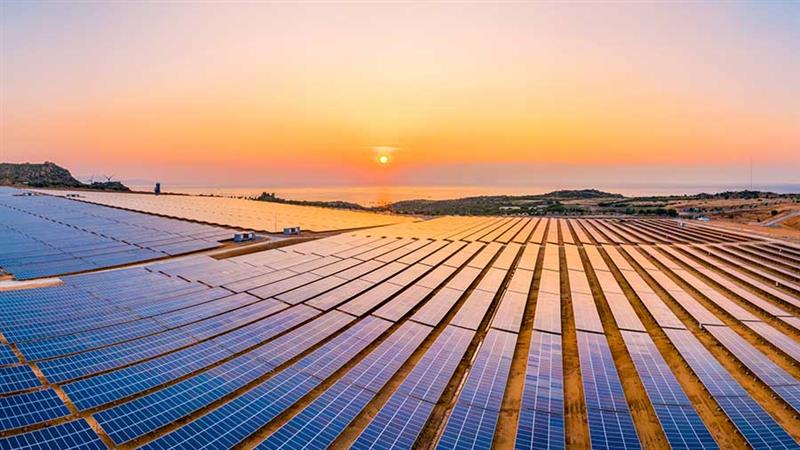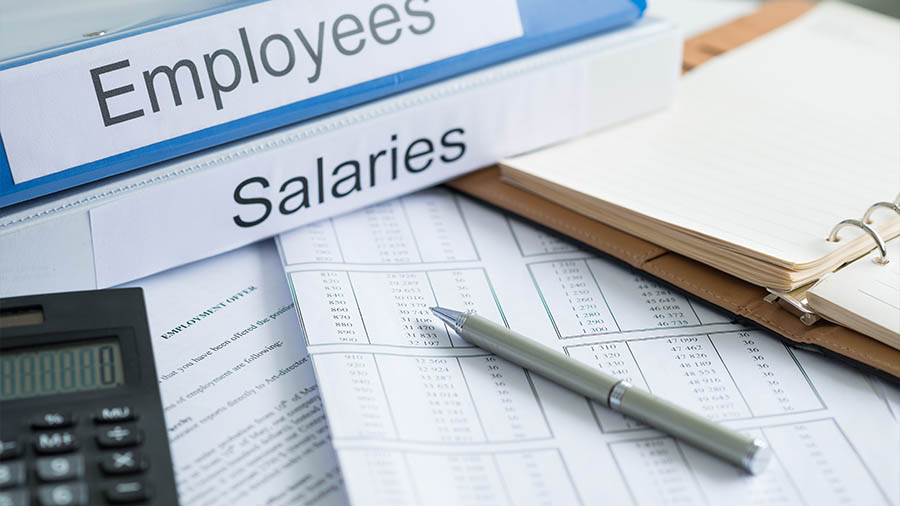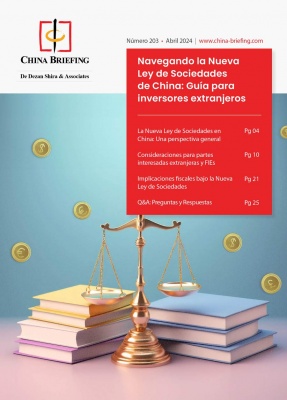China May Scale Back Investment in Strategic Industries
Jul. 13 – China is considering cutting spending on seven new strategic industries, including projects such as high speed railways (HSR) and wind power, due to concerns over corruption, local debts and development efficiency, a recent Reuters report says.
While China originally planned to invest up to US$1.5 trillion over the next five years in seven strategic sectors of high-end equipment manufacturing, alternative energy, biotechnology, new generation information technology, alternative fuel cars and energy-saving and environmentally friendly technologies, the country now is reportedly more worried about the return on such investments. The consumer price stands high despite the tightening monetary policy, and local debts are stacking up, increasing the possibility that the government may reconsider its strategy to promote economic activity through massive investments on infrastructure projects.
The Reuters report cited an unnamed source, confirming China is mulling over the seven new strategic industries plan. However, “The (size of the) retrenchment is still under deliberation.”
Corruption
The government’s crackdown on corruption has become a factor that may lead to the strategy alteration. After the former Railways Minister Liu Zhijun was sacked for “serious disciplinary violations” earlier this year, the new minister, Sheng Guangzu, has made less ambitious goals on railway infrastructure development. The planned investment on railways in 2011 was downsized to RMB600 billion from the previous RMB700 billion Liu proposed. The national railway network expansion plan in the next five years has also been made less ambitious: from the 2015 goal of 50,000 kilometers during Liu’s tenure to the current 45,000 kilometers.
Chinese Premier Wen Jiabao in April warned against possible corruption tied to major projects, asking “cadre, their families and staff as well as heads of state-owned enterprises, state financial institutions and academic institutions not to intervene in or manipulate bids in any form.”
Local debts
The increasing local debt has made people wonder if the return on the various invested projects will be large enough to repay the loans. China’s National Audit Office (NAO) recently reported the country’s local government debt at RMB10.7 trillion by the end of last year, with over 60 percent of the borrowings going towards construction projects and transportation. Although the NAO report claims the debt size is “manageable,” some other economists argue the country’s development model – which is highly dependent on high rates of fixed asset investment – is unsustainable.
Specific statistics prove not all investments in fixed-assets are profitable, and many of them also increase the government’s debt burdens. The Ministry of Railways (MoR) reported a loss of RMB3.8 billion during the first quarter of 2011, and its unreleased losses in 2010 are predicted to reach RMB20 billion.
On the other side, faced with fierce competition from airlines that offer large discounts, China’s railways are seeing decreases in both passengers and freight. From 2005 to 2010, the portion of travelers utilizing rail transportation has declined by 3.2 percent while the share of cargo being shipped by rail has gone down by 20 percent.
Hoping the emergence of HSRs may generate more use of railway transport, the MoR still expects to spend another RMB2.8 trillion by 2015, in spite of the considerable debt it already sits on.
Development efficiency
While the strategic industries involving high-tech and green energy are supposed to help China enter a more sustainable development model, investors and local governments may not have kept efficiency in mind all the time. For example, as the development of wind energy is supposed to bring a positive outcome to the whole economy, it is reported that the whole wind power industry is already suffering from overcapacity. According to the 12th Five-Year Plan, China currently has plans to build seven wind power plants in western China with generation capacity of at least 10 million kilowatts each, but critics point out it may lead to heavy spending on power transmission as it is mostly the factories in the faraway coastal areas that ask for the power generated from those plants.
The solar power industry is suffering from a similar supply surplus as well. Many solar power stations are living on government subsidies, policy markets and exports, says a crystalline silicon cell specialist working at a Chinese solar technology research institute.
Analysts see China’s possible strategy adjustments as good news, since it could mean more balance as well efficiency in economic development and a reduction in government borrowing. Downscaling in those strategic industries will also optimize resource distribution across sectors, which will likely benefit major players.
Related Reading
China Reports Local Debt Has Surpassed RMB10 Trillion
Safety Concerns to Slow Down Beijing-Shanghai High-speed Rail
- Previous Article Chinese ‘Fugitive’ Lai Changxing Faces Deportation in Canada
- Next Article China’s Economic Growth Eases but Inflationary Pressure Remains High























